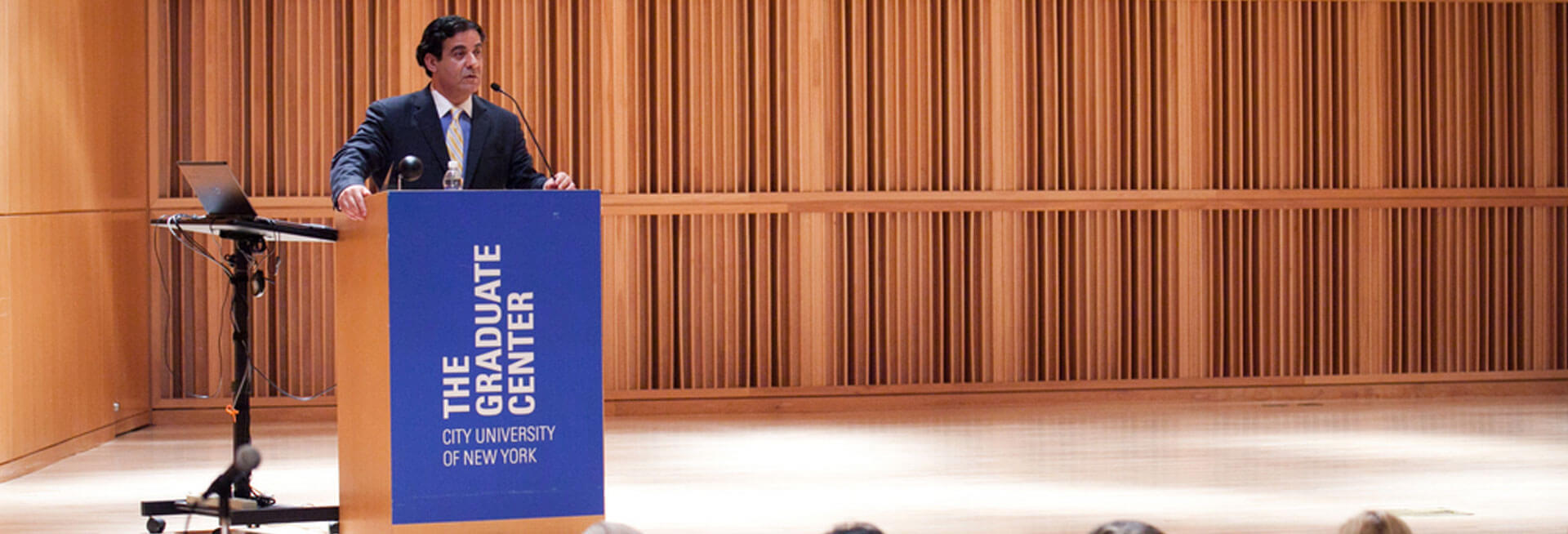A debate is being played out today in the Fed about whether it should return to the so-called “quant easing” — buying more mortgage-backed securities, Treasury bills, and other bonds — in order to lower the cost of capital still further.
The sad reality is that cheaper money won’t work. Individuals aren’t borrowing because they’re still under a huge debt load. And as their homes drop in value and their jobs and wages continue to disappear, they’re not in a position to borrow. Small businesses aren’t borrowing because they have no reason to expand. Retail business is down, construction is down, even manufacturing suppliers are losing ground.
That leaves large corporations. They’ll be happy to borrow more at even lower rates than now — even though they’re already sitting on mountains of money.
But this big-business borrowing won’t create new jobs. To the contrary, large corporations have been investing their cash to pare back their payrolls. They’ve been buying new factories and facilities abroad (China, Brazil, India), and new labor-replacing software at home.
If Bernanke and company make it even cheaper to borrow, they’ll be unleashing a third corporate strategy for creating more profits but fewer jobs and a spree of company mergers and acquisitions…..good for Wall Street for sure.
Remember your economics courses back in college if you ever took any? When an economy is very slack, cheaper money is not going to induce much in the way of real economy activity.
Unless you are a financial firm, the level of interest rates is a secondary or tertiary consideration in your decision to borrow. You will be interested in borrowing only if you first, perceive a business need (usually an opportunity). The next question is whether it can be addressed profitably, and the cost of funds is almost always not a significant % of total project costs (although availability of funding can be a big constraint).
So cheaper money will operate primarily via their impact on asset values. That of course helps financial firms, and perhaps the Fed hopes the wealth effect will induce more spending. But that’s been the same pathetic movie of the last 20+ years, and Japan pre its crisis, of having the officialdom rely on asset price inflation to induce more consumer spending, and we know how both ended.
But (to put it charitably) the Fed sees the world through a bank-centric lens, so surely what is good for its charges must be good for the rest of us, right? So if the economy continues to weaken, the odds that the Fed will resort to it as a remedy will rise, despite the evidence that it at best treats symptoms rather than the underlying pathology.
As I pointed it out in one of my recent blogs:
“Deficit doves” – i.e. Keynesians like Paul Krugman – say that unless we spend much more on stimulus, we’ll slide into a depression. And yet the government isn’t spending money on the types of stimulus that will have the most bang for the buck: like giving money to the states, extending unemployment benefits or buying more food stamps – let alone rebuilding America’s manufacturing base.
Keynes implemented his policies in an era of much less debt than we have today. We’re now bankrupt, with debt levels so high that they are dragging down the economy.
Even if Keynesian stimulus could help in our climate of all-pervading debt, Washington has already shot America’s wad in propping up the big banks and other oligarchs.
Keynes implemented his New Deal stimulus at the same time that Glass-Steagall and many other measures were implemented to plug the holes in a corrupt financial system. The gaming of the financial system was decreased somewhat, the amount of funny business which the powers-that-be could engage in was reined in to some extent.
As such, the economy had a chance to recover (even with the massive stimulus of World War II, unless some basic level of trust had been restored in the economy, the economy would have not recovered).
Today, however, Bernanke, Summers, Dodd, Frank and the rest of the “big boys” haven’t fixed ANY of the major structural defects in the economy. So even if Keynesianism were the answer, it cannot work without the implementation of structural reforms to the financial system.
A little extra water in the plumbing can’t fix pipes that have been corroded and are thoroughly rotten. The government hasn’t even tried to replace the leaking sections of pipe in our economy.
Bottom Line:
Fed easing can’t and won’t patch a financial system with giant holes in it.
What’s needed has been obvious to us for years:
Break up the big banks, prosecute the criminals whose fraud caused the financial crisis, and restore the rule of law and transparency.
Until those basic steps are taken, nothing else will work to fix our broken economy…..You wait and see.
Time for a real clean up starting with Congress in November
Your feedback as always is greatly appreciated
Thanks much for your consideration
By :� Ziad K Abdelnour
Ziad is also the author of the best selling book� Economic Warfare: Secrets of Wealth Creation in the Age of Welfare Politics (Wiley, 2011),
Mr. Ziad Abdelnour continues to be featured in hundreds of media channels and publications every year and is widely seen as one of the top business leaders by millions around the world.
He was also featured as one of the� 500 Most Influential CEOs in the World.











